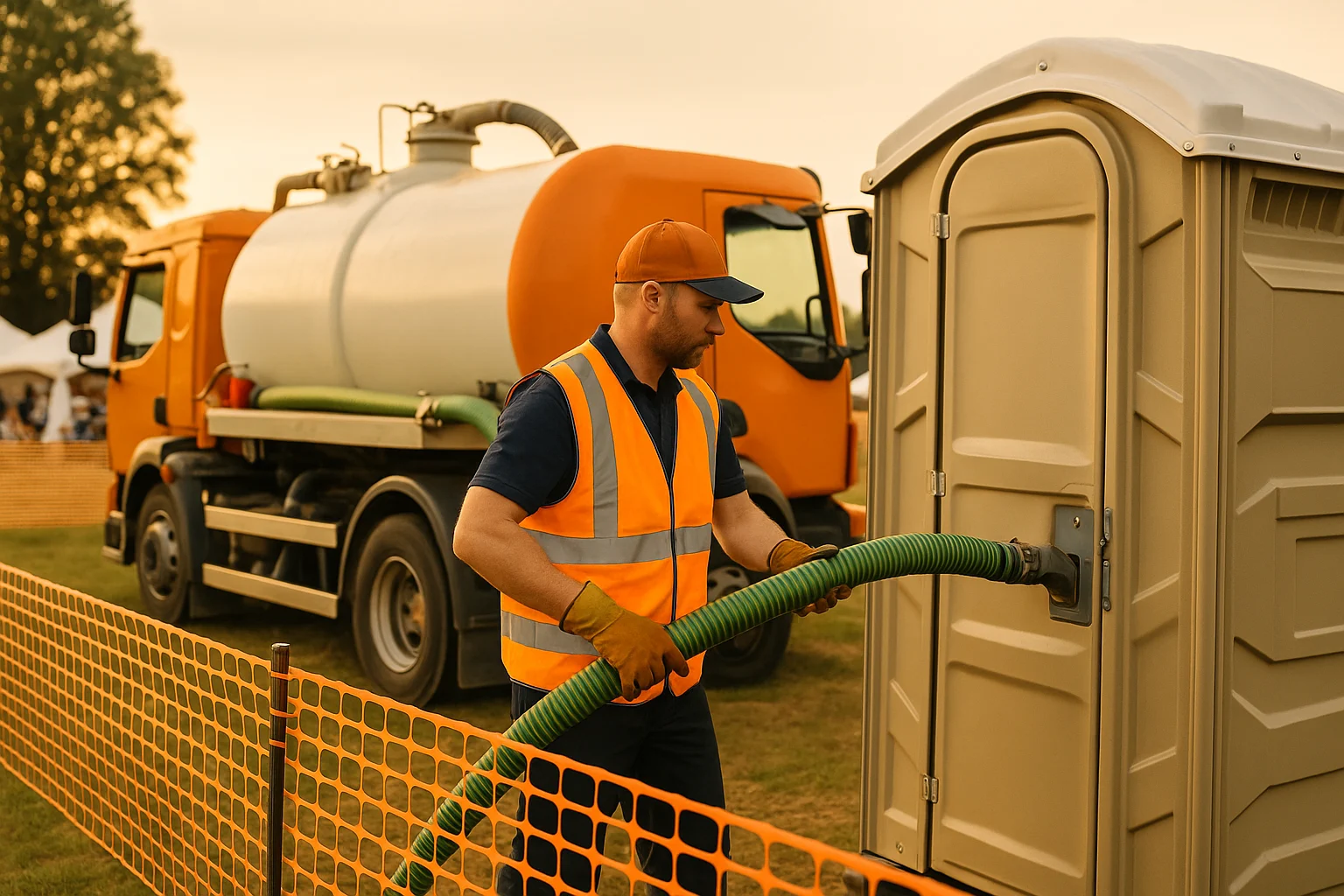Installing a chain link fence can seem daunting, but with the right tools and guidance, it’s a manageable task for any DIY enthusiast. In this guide, we’ll walk you through each step of the chain link fence installation process to ensure your yard is secure and looks great. Whether you’re securing a perimeter, creating a safe space for pets, or simply marking a boundary, a chain link fence is a versatile and cost-effective option. This comprehensive guide aims to provide you with all the information you need to complete the project with confidence.
Why Choose a Chain Link Fence?
A chain link fence is a popular choice for homeowners due to its affordability, durability, and transparency, which doesn’t obstruct views. Whether you’re looking to keep your pets safe, secure your property, or simply define your space, a chain link fence is a practical solution. Chain link fences are also relatively easy to maintain, requiring minimal upkeep compared to wooden or more decorative options. Their galvanized steel composition provides resistance to rust and corrosion, making them suitable for various weather conditions.
Customization and Aesthetic Appeal
In addition to its practical benefits, a chain link fence is highly customizable. You can choose from different heights, colors, and coatings to match your specific needs and preferences. For those concerned with aesthetics, the addition of colored vinyl coatings or privacy slats can enhance the visual appeal while maintaining functionality. Furthermore, the open weave of the chain link allows for landscaping integration, enabling vines or plants to grow along the fence, adding a touch of greenery and natural beauty to your yard.
Tools and Materials Checklist for DIY Chain Link Fence
Before you begin, gather all necessary tools and materials. Here’s a checklist:
- Chain link fencing materials
- Fence posts
- Posthole digger
- Concrete mix
- Level
- Measuring tape
- Tension bar and bands
- Fence ties
- Pliers
- Wrench
- Hacksaw or pipe cutter
- String line and stakes
Planning Your Fence Layout
Proper preparation is key to a smooth installation process. Follow these steps to prepare your site:
Start by planning the layout of your fence. Use a measuring tape to determine the total length of the fence line. Mark the locations for the terminal posts (corner, end, and gate posts) and line posts using stakes and string line. Keep in mind that line posts are typically spaced 6 to 10 feet apart.
Chain Fence Installation and Obstacles
Consider any natural obstacles or landscape features that might affect your fence line. Trees, slopes, and existing structures should be accounted for during the planning phase. Adjust your layout to accommodate these elements, ensuring your fence follows a logical and aesthetically pleasing path. If your property has irregular boundaries, take extra care with measurements to ensure the fence aligns correctly with your property lines.
Securing Permits Before Putting in a Chain Link Fence
Before you begin digging, check with your local authorities to see if you need a building permit. Additionally, contact utility companies to ensure you won’t hit any underground cables or pipes during installation. Obtaining the necessary permits not only keeps you compliant with local regulations but also prevents potential legal issues that could arise from unauthorized construction.
Digging and Setting Fence Posts
Once you’ve planned your layout and obtained permits, it’s time to dig the post holes and set the posts. Using a posthole digger, dig holes for the terminal posts at least 30 inches deep and about three times the width of the post. For line posts, dig holes 18 to 24 inches deep. Ensure the holes are evenly spaced along the fence line.
Preparing for a Sturdy Foundation
Mix the concrete according to the manufacturer’s instructions. Place a terminal post in each hole, making sure it stands straight using a level. Fill the hole with concrete and taper it to direct water away from the post. Allow the concrete to cure for 24 to 48 hours.
Installing Line Posts and Ensuring Alignment
Position the line posts in their holes and fill them with concrete. Use the string line to align the height of each post with the terminal posts. Allow the concrete to cure as you did for the terminal posts.
Attaching the Chain Link Fabric
With the posts in place, the next step is to attach the chain link fabric.
Attach tension bands to each terminal post. Insert the tension bar through the end of the chain link fabric and secure it to the tension bands on the terminal post.
Unrolling and Securing the Fabric
Unroll the chain link fabric along the fence line, ensuring it’s flat and free of twists. Use fence ties to attach the fabric to the line posts. Space the ties evenly, about every 12 inches on the posts and every 24 inches along the top rail.
How to Build Chain Link Fence with Tension Wire
Thread a tension wire through the bottom loops of the chain link fabric. This wire helps keep the fence fabric taut and prevents animals from pushing underneath. Use pliers to twist and secure the wire to each post.
Installing the Top Rail for Stability
Place the top rail through the loop caps on top of each post. Cut the rail to fit snugly between the terminal posts and secure it with rail ends.
Finishing Touches: Gates, Inspection, and Cleanup
Your fence is almost complete! Here are the finishing steps:
Position the gate in the desired location and attach it to the terminal posts using hinges. Make sure the gate swings freely and latches securely.
Walk along the fence line to ensure everything is secure and aligned. Tighten any loose ties or tension wires. Make any necessary adjustments to the gates or rails.
Remove any debris from the site, including excess concrete and soil. This helps keep your yard neat and ensures the longevity of your fence.
Chain Link Fence Installation Diagram Recap
Installing a chain link fence is a rewarding project that enhances your property’s security and aesthetic appeal. With the right preparation and attention to detail, you can achieve professional results even as a DIYer. By following this step-by-step guide, you’ll be well on your way to building a durable and attractive chain link fence.
The satisfaction of completing a home improvement project yourself is immense, and a well-installed fence can serve your property for many years. Whether for security, aesthetics, or boundary definition, a chain link fence is a versatile solution that can meet a variety of needs. Happy fencing!






